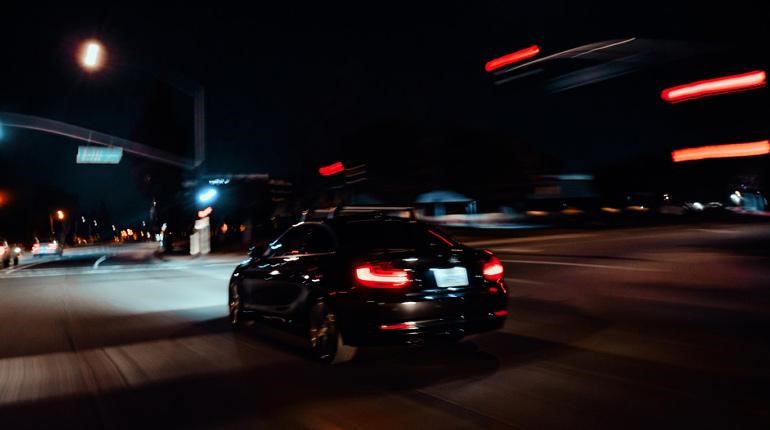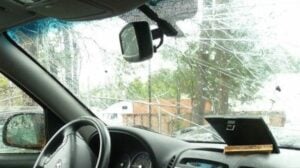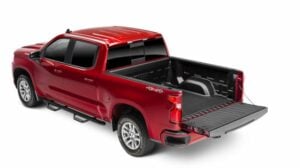Night driving is an integral part of college life, whether it’s returning from a late library session or heading home after a lively party. Yet, darkness significantly reduces visibility and transforms even the most familiar streets into potential challenges.
In the chaos of daily life, where our attention is often split between work, personal commitments, and academic deadlines requiring essay writer services, you can’t let car maintenance slip down the list of priorities. It’s vital to prioritize vehicular safety. Neglecting the well-being of our vehicle’s lighting system can put us at a disadvantage when we need it most – during nighttime driving.
With a focus on visibility, let’s explore some essential recommendations for maintaining your headlights and ensuring optimal visibility for night driving.
1. Ensuring headlight clarity
Ensuring that your headlights are clear and functioning should be a part of your routine car checks. Over time, headlights can become dim or cloudy, which drastically reduces visibility at night. A quick inspection and cleaning can make a big difference in light quality.
Foggy or yellowed headlight lenses are not just an aesthetic issue. They can impair your ability to see and be seen on the road.
2. Regular headlight checks
Start with visual inspection:
- Check for cracks or damage to the headlight lens.
- Ensure that both headlights are of equal brightness.
- Look for any moisture or condensation inside the headlight housing.
- Verify that the headlights are properly aligned and not pointing too high or low.
- Confirm that turn signals and brake lights are functioning correctly.
If you spot any problems with your headlights, address them immediately. Dim or improperly functioning headlights can significantly increase the risk of accidents during night driving.
3. The impact of clean windshields
Keeping your windshield clean is just as important as having bright headlights. A dirty windshield can create glares and distortions that make it difficult to see, especially at night. Make it a habit to clean both the interior and exterior of your windshield regularly to eliminate streaks, smudges, and grime that can impair your vision.
Wiper blades are often forgotten until it’s too late. Dated wiper blades can significantly decrease visibility during nighttime rain. Replacing your wiper blades every six to twelve months can prevent this problem and ensure that your windshield remains clear in different weather conditions.
4. Proper mirror adjustments
Adjusting your mirrors can greatly improve your ability to see other vehicles on the road at night. Your side mirrors should be positioned to minimize blind spots, and your rearview mirror should be set to reduce the glare from headlights behind you.
Today, cars come designed with auto-dimming rearview mirrors, which can be incredibly useful for night driving. These mirrors automatically adjust to reduce glare from trailing vehicles, helping to protect your night vision and reduce eye strain.
5. Smart high beam use
Learn these beam etiquette rules:
- Turn off high beams when another car is approaching.
- Use high beams on poorly lit roads where it’s difficult to see.
- Avoid using high beams in fog, as they can reflect light and worsen visibility.
- Remember to switch back to low beams after the need for high beams has passed.
- Regularly check the alignment of your high beams to ensure they’re directed correctly.
Using high beams judiciously is crucial for night driving. While they can enhance your visibility, inappropriate use can blind other drivers and create dangerous driving conditions. Understanding when and how to use your high beams can make night driving safer for everyone on the road.
6. Night-driving glasses
Night-driving glasses with yellow-tinted lenses are marketed as a way to reduce glare and improve contrast. While they can be helpful for some drivers, their effectiveness varies. It’s important to try them out and see if they make a significant difference for you, as individual experiences can differ.
However, night driving glasses are not a cure-all solution. They can sometimes reduce visibility by dimming your overall view, especially in already well-lit areas.
7. Navigational aids
Using GPS has become commonplace, and it can be especially helpful at night. A reliable GPS system can provide you with clear directions and reduce the stress of navigating in the dark. Additionally, pay close attention to reflective road signage that can guide you on less familiar routes.
Some vehicles now feature head-up displays (HUDs) that project important information onto the windshield, allowing drivers to keep their eyes on the road. This technology can be particularly useful at night, as it minimizes the need to look away from the road to check speed or directions.
Conclusion
Night driving doesn’t have to be daunting. With the right checks and habits in place, you can ensure a safer journey, regardless of the hour. Remember to keep your headlights clear, your windshield clean, and your focus sharp.
Perform regular car safety checks. If you’re a student, the best coursework writing service can help you make time for them and still get all your essays ready for submission. Night driving is a skill that, with practice and attention to detail, can become second nature. Stay safe!






